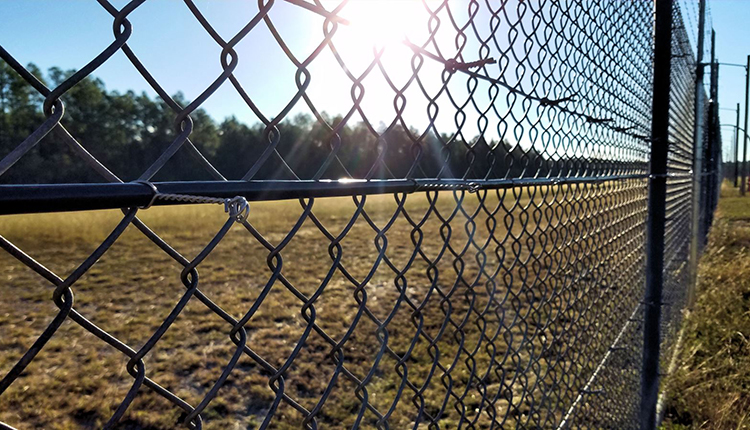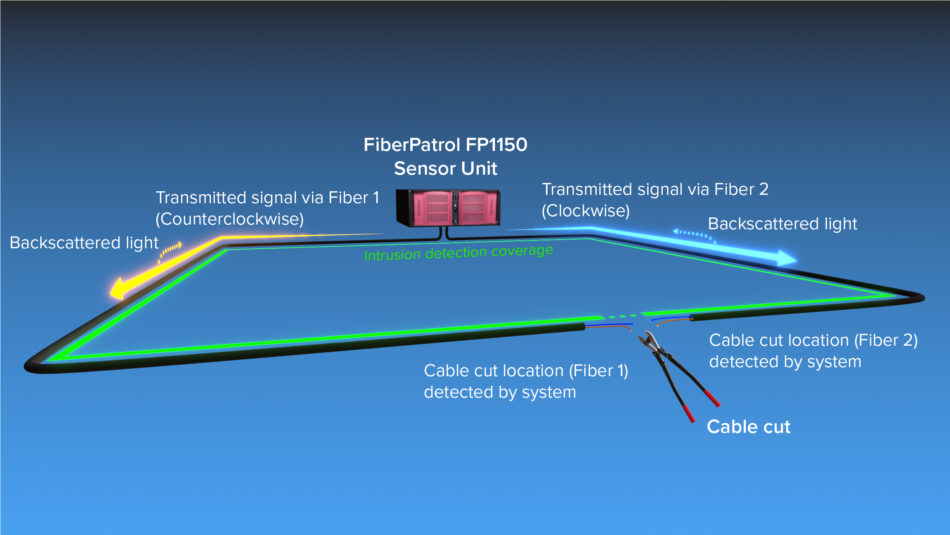The Process of Installing a Fiber Optics Infrastructure for Security Installations in Your Building
Why Fiber Optic Protection Systems Are the Future of Defense
The transition to fiber optic security systems notes a substantial advancement in the realm of defense, driven by their extraordinary data transmission capabilities and durability to outside disturbances. These systems not just help with faster and much more dependable communication yet also present an affordable service with minimized maintenance demands. As the landscape of protection develops alongside emerging innovations such as AI and IoT, the capacity for optical fiber to boost and redefine safety infrastructures comes to be significantly evident. However, the ramifications of these improvements elevate important concerns about the future of protection actions and their performance in an ever-changing environment.
Benefits of Fiber Optic Equipments
One of the primary advantages of fiber optic systems is their premium data transfer capacity, which helps with the transmission of large volumes of information over cross countries without considerable loss. This particular is especially beneficial for safety and security applications that require the constant surveillance and transfer of high-definition video feeds, sensing unit information, and other important details. Fiber optics can accommodate the growing demands of contemporary safety and security systems, ensuring that data continues to be intact and dependable.
In addition, fiber optic cables are less prone to electro-magnetic interference, which can be a significant issue in atmospheres with different digital devices. This resistance boosts the integrity of the data being sent, consequently decreasing the danger of data violations or system failings. Fiber optic systems are naturally extra safe than standard copper cords, as touching into a fiber optic line without detection is exceedingly difficult.
The durability of fiber optic cable televisions additionally contributes to their allure. They are resistant to environmental aspects such as moisture and temperature level variations, minimizing upkeep prices and increasing system longevity. In general, these advantages position fiber optic systems as a robust and efficient selection for contemporary protection infrastructures, making sure reliable and safe data transmission.
Enhanced Data Transmission Speed

The ability to send large quantities of data rapidly assists in the smooth assimilation of high-def video feeds and progressed analytics. Safety and security systems can currently refine and assess details in real-time, enhancing response times and situational understanding. Furthermore, fiber optic links sustain longer transmission distances without destruction of signal top quality, making them ideal for extensive protection networks.
The boosted rate of fiber optic systems not just boosts the performance of security procedures yet additionally decreases latency. This is especially important in essential scenarios where prompt decision-making can avoid safety and security breaches or alleviate possible risks. As organizations remain to prioritize security and effectiveness, the demand for rapid and reputable information transmission will definitely solidify fiber optic systems as a cornerstone of modern-day security infrastructure.
Resistance to Disturbance
Fiber optic security systems continually show phenomenal resistance to electro-magnetic interference, an important advantage in settings prone to digital noise. Unlike typical copper cords, which can be negatively affected by electromagnetic fields, superhigh frequency disturbance, and various other kinds of electrical disruption, fiber optic important source cable televisions utilize light to transfer information. This fundamental home guarantees that the signals remain clear and unaltered, regardless of bordering electronic task.
Making use of glass or plastic fibers in fiber optic technology develops a barrier versus interference, permitting trusted data transmission also in difficult circumstances such as commercial centers, urban locations with high electronic web traffic, or locations near radio towers. This characteristic substantially minimizes the chance of signal destruction or loss, making fiber optic systems specifically suitable for security applications where stability and accuracy of data are paramount.
Moreover, this resistance to interference improves the total efficiency and integrity of safety and security systems, making sure that surveillance and alert systems work seamlessly. In a globe where protection is progressively threatened by innovative modern technologies, the durability of fiber optic systems attracts attention as a crucial function, strengthening their status as a crucial element of modern-day safety and security framework.
Cost-Effectiveness With Time
Considerable price savings can be accomplished gradually with the execution of fiber optic protection systems. While the website here first investment may seem greater contrasted to conventional copper-based systems, the long-lasting financial advantages emerge via lowered functional and upkeep costs (fiber security). Fiber optic cable televisions are naturally more sturdy and much less at risk to ecological elements, which converts to reduce replacement and repair service costs over their lifespan
In addition, fiber optic systems call for less power to run, which better decreases power expenses. Improved information transmission capabilities enable for less repeaters and amplifiers, reducing equipment financial investment and simplifying installation procedures. The scalability of these systems also adds to cost-effectiveness, as companies can increase their protection infrastructure without incurring substantial extra expenses.
One more factor to take into consideration is the enhanced efficiency in monitoring and response abilities that optical fiber supply. Boosted real-time data transmission can cause quicker incident action times, possibly mitigating losses and obligations related to safety violations. Altogether, the long-lasting benefits of fiber optic safety systems not just validate the first expenditure but likewise place them as a monetarily prudent option for organizations seeking robust protection services.

Future Advancements in Security
Progressing modern technologies are readied to transform safety and security systems, incorporating expert system (AI) and artificial intelligence to enhance hazard discovery and response capabilities. These technologies will allow safety systems to analyze substantial amounts of data in real-time, recognizing patterns and abnormalities that suggest potential threats. This positive method will certainly allow quicker decision-making and more effective occurrence actions.
Additionally, the unification of the Internet of Things (IoT) is leading the method for interconnected investigate this site security gadgets, supplying thorough surveillance and tracking. Smart sensing units can communicate info regarding environmental modifications, while automated notifies can inform security workers quickly of questionable activities.
Moreover, the development of biometric technologies will certainly further boost safety mechanisms. Facial acknowledgment, finger print scanning, and retina recognition are coming to be more advanced, providing layers of verification that are tough to bypass.
Verdict
In final thought, fiber optic protection systems stand for a significant advancement in protection technology, offering exceptional information transmission speed, resistance to electro-magnetic disturbance, and lasting cost-effectiveness. As the demand for innovative safety services proceeds to expand, the assimilation of fiber optics with emerging technologies such as AI, IoT, and biometrics will even more enhance protection infrastructures (fiber security). The mix of these developments will ensure a much more safe and responsive atmosphere, solidifying fiber optics as a foundation of future protection systems